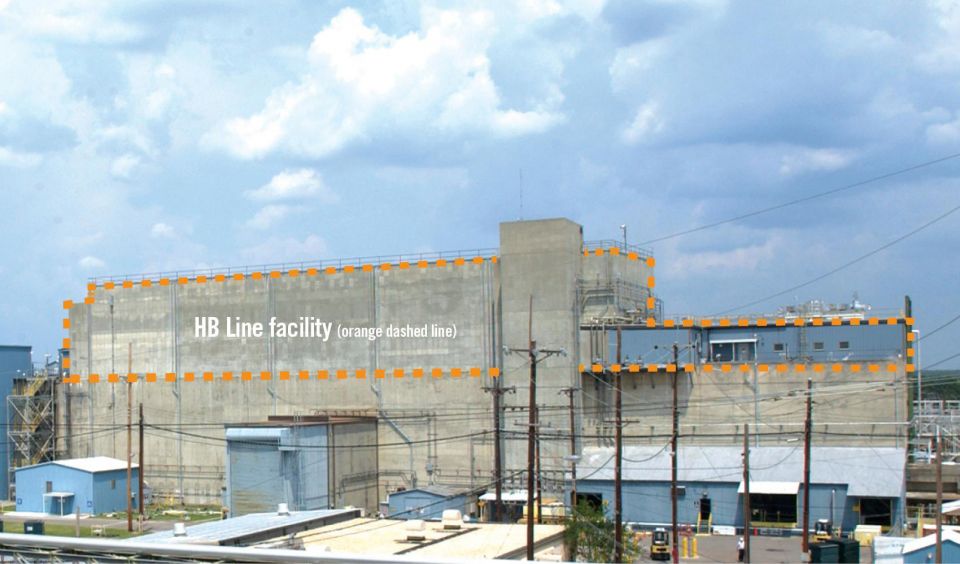New nuclear criticality safety standard issued
ANSI/ANS-8.28-2024, Administrative Practices for the Use of Nondestructive Assay Measurements for Nuclear Criticality Safety, was issued on July 15 after receiving approval of the American National Standards Institute in March.
ANSI/ANS-8.28-2024 is now available for purchase in the ANS Online Store.
This new standard, which was developed under the American Nuclear Society Nuclear Criticality Safety Consensus Committee’s Fissionable Material Outside Reactors (ANS-8) Subcommittee, applies to nondestructive assay (NDA) measurements of fissionable material for nuclear criticality safety (NCS) purposes (in situ and containerized material) to determine values of criticality parameters such as mass, concentration, and isotopic composition.
NDA tech use: ANSI/ANS-8.28-2024 provides administrative requirements for the use of nondestructive assay (NDA) technologies to support the goals of a nuclear criticality safety (NCS) program for fissionable material operations and addresses the responsibilities of management, supervision, NCS staff, and NDA staff. It also addresses NDA measurement plans, NCS evaluations, and the performance and maintenance of key NDA programmatic elements to support the implementation of NCS controls for operations with fissionable materials outside of nuclear reactors.
Measurement results: The use of NDA instrumentation has evolved since the 1980s to the extent that the fissionable material measurement results are commonly used to ensure that fissionable mass, concentration, or isotopic composition satisfies (or does not exceed) the NCS evaluation limits established for a given fissionable material process. ANSI/ANS-8.1-2014 (R2023), Nuclear Criticality Safety in Operations with Fissionable Materials Outside Reactors, requires that “before a new operation with fissionable material is begun, or before an existing operation is changed, it shall be determined that the entire process will be subcritical under both normal and credible abnormal conditions.” This is referred to as the process analysis requirement, from which the controls for the fissionable material processes are derived to ensure subcriticality is maintained.
It is common to impose controls on various NCS parameters—for example, mass, concentration, enrichment, or isotopic composition—in the NCS evaluation. NDA measurements may be applied to monitor the fissionable material process to ensure that specific NCS controls (e.g., mass or concentration limits) are satisfied.
Codifying practices: With the evolution of these NDA methodologies and methods of standard practice for performing these measurements, the U.S. Department of Energy, the U.S. Nuclear Regulatory Commission, and the Defense Nuclear Facilities Safety Board expressed an interest to the ANS-8 Subcommittee in codifying the administrative practices for the use of NDA measurements for NCS. This standard satisfies that request, providing a set of best administrative practices beyond those already provided in ANSI/ANS-8.19-2014 (R2019), Administrative Practices for Nuclear Criticality Safety.
In 1984, best administrative practices for NCS were codified into ANS-8 standards through the approval and issuance of ANS-8.19-1984 (R1989; withdrawn), Administrative Practices for Nuclear Criticality Safety, which has been superseded by ANSI/ANS-8.19-2014 (R2019). ANSI/ANS-8.28-2024 follows a similar format and is intended for implementation within the framework of an NCS program. It is not intended to govern the NDA measurement process or give details affiliated with the conduct of a qualified measurement. Rather, it provides guidance on specific administrative NDA practices to support the goals of an NCS program. Appendix A is a comprehensive list of approved NDA technical standards. Appendix B is a bibliography that users of this standard may find helpful.





